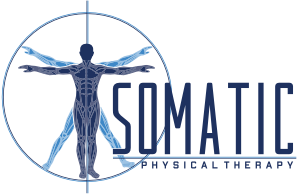
26 Mar Easing Back Into Exercise After an Injury
Recovering from an injury or surgery can be a long and frustrating process, especially if you’re eager to get back to your active lifestyle. However, jumping back into exercise too quickly can set you back even further. To help you return to physical activity safely, follow these essential guidelines.
1. Listen to Your Body (and Your Doctor) While Easing Back Into Exercise After an Injury
Your body will give you signals about what it can and cannot handle. If you experience pain (not just discomfort), stop immediately. Also, follow your doctor’s or physical therapist’s advice on when and how to begin exercising again. Rushing the process can lead to re-injury or delayed healing.
2. Start Slow and Build Gradually
Returning to full intensity right away is a common mistake. Instead, ease back in with low-impact movements such as walking, swimming, or stationary cycling. Begin with light resistance or shorter durations, and gradually increase intensity based on how your body responds.
3. Prioritize Mobility and Stability
Before jumping into strength training or high-impact exercises, focus on mobility and stability exercises. Stretching, yoga, and gentle range-of-motion movements can help restore flexibility, while core stability exercises ensure your body moves in a balanced way to prevent compensations that may lead to further injury.
4. Rebuild Strength Safely
If you’ve lost muscle strength during your recovery, start with bodyweight exercises or resistance bands before adding heavier weights. Focus on proper form, controlled movements, and high-quality repetitions over heavy loads. Your physical therapist or trainer can help design a program suited to your needs.
5. Incorporate Rest and Recovery
Your body is still healing, so rest days are crucial. Avoid overtraining by spacing out workouts, getting adequate sleep, and using recovery techniques like foam rolling, massage, or contrast baths to reduce muscle soreness and improve circulation.
6. Monitor for Warning Signs
If you notice swelling, sharp pain, excessive fatigue, or a decrease in performance, these may be signs that you’re pushing too hard. Pay attention to these signals and adjust your routine accordingly. When in doubt, consult a professional for guidance.
7. Stay Consistent and Patient
Recovery is a marathon, not a sprint. It’s better to take small, steady steps than to risk setbacks. Commit to a progressive plan, celebrate small victories, and stay positive about your progress. Over time, you’ll regain strength, confidence, and performance.
Final Thoughts
Returning to exercise after an injury or surgery doesn’t have to be overwhelming. With patience, smart progression, and proper guidance, you can safely regain your strength and mobility. If you’re unsure about where to start, working with a physical therapist can ensure you’re on the right track.
If you’re looking for a personalized recovery plan, I’d love to help! Click here to schedule an assessment and let’s get you moving safely again.

